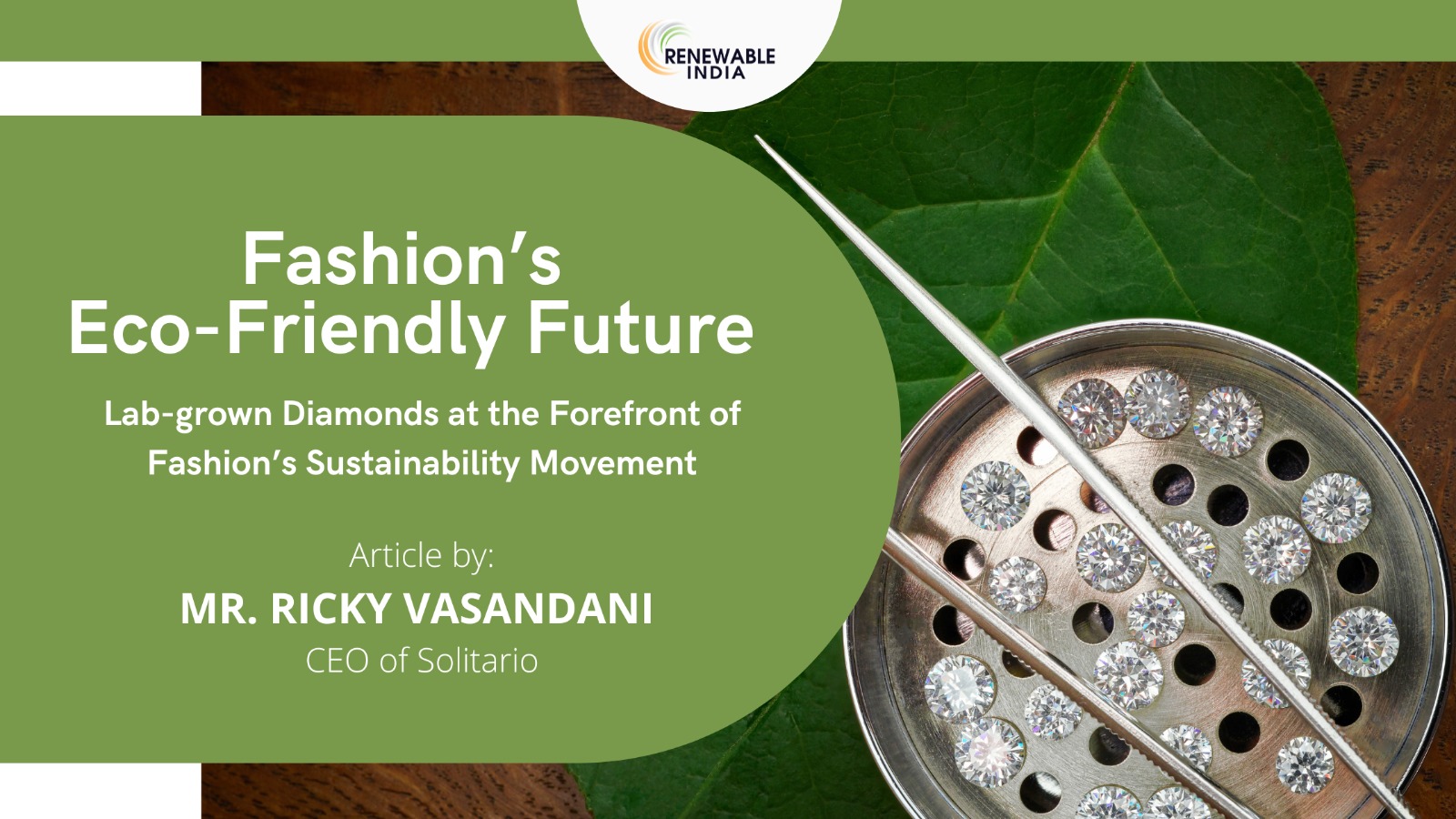
~Ricky Vasandani, CEO of Solitario
The global sustainability movement is quickly becoming an imperative after being relegated to the status of a “fad” for several years. With increased carbon emissions having earth-altering effects such as global warming and climate change, adopting eco-conscious practices is rapidly becoming the norm across different industries. This is particularly evident in the fashion industry, where consumers are actively demanding more transparency and green practices from brands they choose to buy from.
For years, fashion has been about riding the fast-moving trends, where failure in keeping up with the burgeoning landscape would often result in missed opportunities and loss of market share for brands. This is now becoming a thing of the past as consumer preferences are pacing towards building a sustainable wardrobe that isn’t merely filled with trendy pieces. Instead, buyers now prefer building a timeless collection that might never go out of fashion, and which will also minimize the impact on the environment.
This global mindset shift isn’t an abrupt development but is rather a necessary response to the damage already caused over the years. An estimated 92 million tons of waste is generated by the fashion industry every year, which could go up to 148 million tons by 2030 if the industry maintains this trajectory. A majority of these are clothing items which are not recyclable, that usually end up in a landfill with no alternative end-of-life solution. There are several other concerning statistics that echo a strong message: Sustainable fashion is the only way forward.
Adopting sustainability in the fashion industry isn’t limited to wearing sustainable clothes, but also trickles down to other segments of fashion. Jewellery is one such component that is currently witnessing a stellar shift towards sustainability with the meteoric rise in popularity of lab-grown diamonds.
After the discovery that diamonds were pure carbon, a global endeavour to create lab-grown diamonds began, culminating in 1954 with Howard Tracy Hall and Herbert Strong’s achievement of producing the world’s first one. However, it wasn’t until 2018 that the US Federal Trade Commission officially recognized lab-grown diamonds as authentic.
From an environmental standpoint, the benefits of lab-grown diamonds are far more significant. Mined diamonds are found deep into the earth’s mantle and extracting them requires monumental efforts. Additionally, the mining process also has severe environmental consequences, which leads to deforestation, extensive excavation, soil erosion, and uses up precious resources such as water, thereby increasing the carbon footprint.
However, sustainability isn’t just about limiting the environmental impact, but also translates to complete transparency across the entire value chain. For a long time, diamond mining has been marred by reports of unethical sourcing which involves several human right violations in diamond supplying countries. Choosing its lab-grown counterparts ensure that the transparency is maintained across the entire supply chain, which results in a net positive impact on the environment.
While sustainability has often been synonymous with higher costs in other industries, this isn’t the case with lab-grown diamonds. To the naked eye, they are virtually indistinguishable from their mined counterparts, owing to a similar chemical composition. They sparkle and shine the same, while maintaining the popular slogan “Diamonds are Forever”, which is a paradigm shift in redefining luxury for consumers.
The younger generation, namely millennials and GenZ are the biggest adopters and drivers of the sustainability movement spearheaded by lab-grown diamonds. They truly believe that in the four Ts of sustainability: Transparent, Traceable, Truthful, Thoughtful- which encompasses the essence of eco-conscious luxury. Transparency and traceability of the diamond sourcing process, merged with the integrity of the brand’s marketing nurtures thoughtful luxury, one defined by compassion, responsibility, and sustainability.
This movement in the luxury diamond jewellery segment has had a ripple effect across different segments of fashion, where major luxury brands are now adopting sustainability across their processes. Recognizing the consumer needs, several brands are also actively making pledges to achieve carbon neutrality in the near future.
There is still a long road ahead in the fashion industry’s push towards sustainability. However, the advent of lab grown diamonds and the consumer sentiment towards adopting them have acted as catalysts, lighting the way for the fashion industry towards a sustainable future.
Leave a Reply